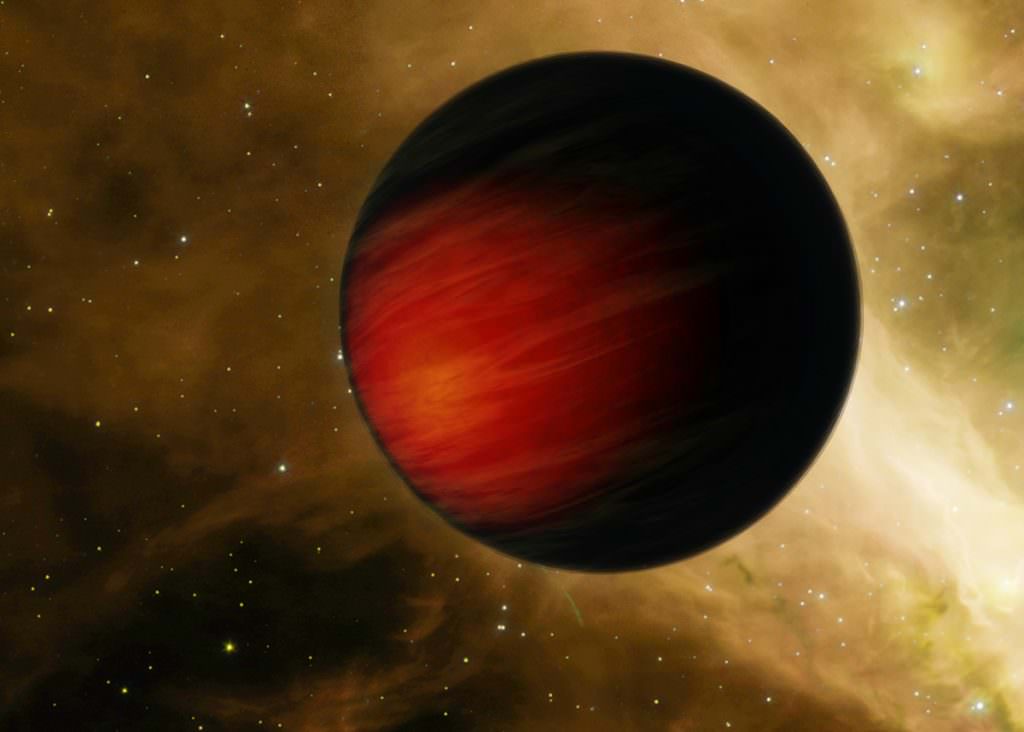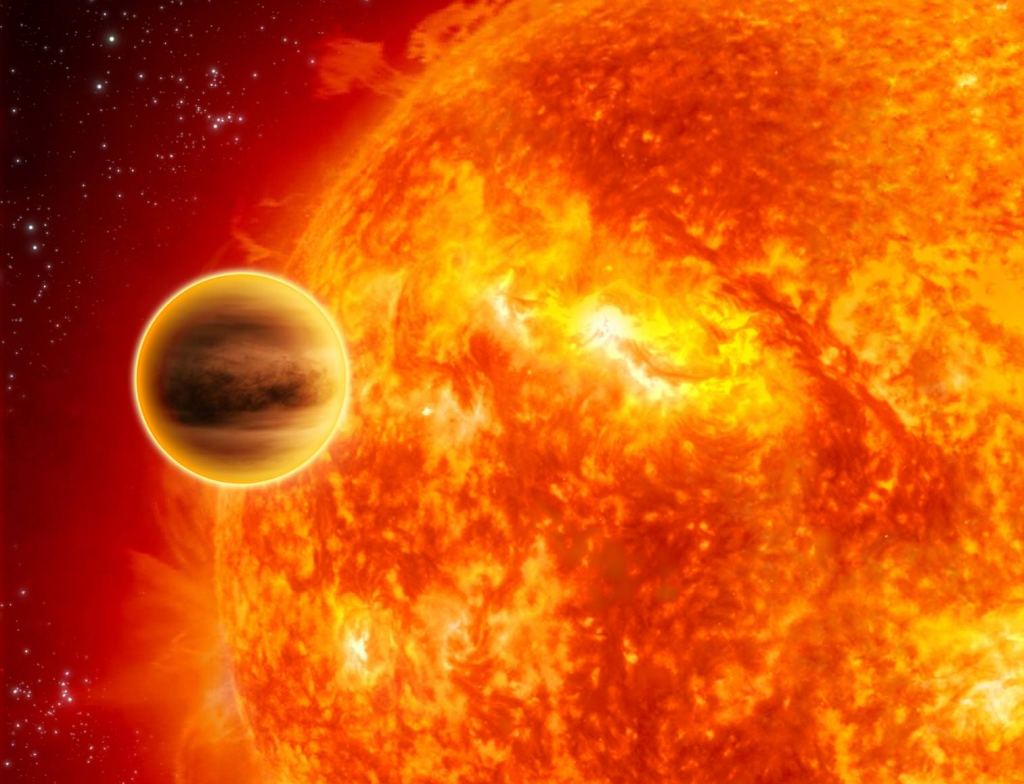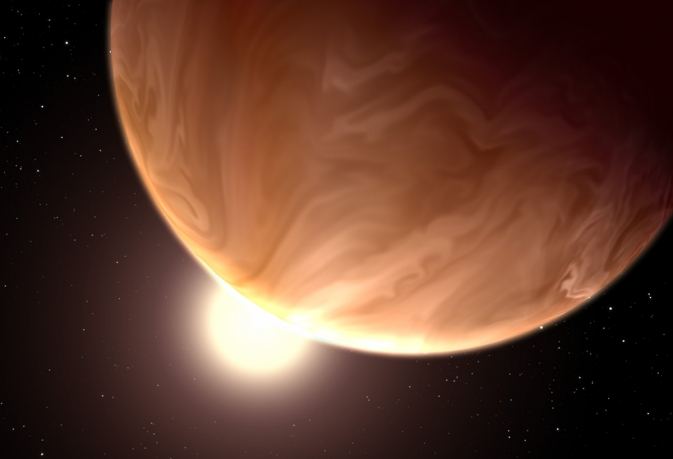In the past decade, thousands of planets have been discovered beyond our Solar System. These planets have provided astronomers with the opportunity to study planetary systems that have defied our preconcieved notions. This includes particularly massive gas giants that are many times the size of Jupiter (aka. "super-Jupiters"). And then there are those that orbit particularly close to their suns, otherwise known as "hot-Jupiters".
Conventional wisdom indicates that gas giants should exist far from their suns and have long orbital periods that can last for a decade or longer. However, in a recent study, an international team of astronomers announced the detection of a "hot-Jupiter" with the shortest orbital period to date. Located 1,060 light-years away from Earth, this planet (NGTS-10b) takes just 18 hours to complete a full orbit of its sun.
As the team states in their study, which recently appeared in the *Monthly Notices of the Royal Astronomical Society* (MNRAS), the planet was discovered by the Next Generation Transit Survey (NGTS). Located at the European Southern Observatory's (ESO) Paranal Observatory in Chile, this telescope is used by a consortium of European universities and agencies to hunt for extrasolar planets.
Specifically, the NGTS is concerned with finding Neptune and super-Earth sized exoplanets around bright stars. To date, the majority of large planets that have short orbital periods have been hot-Jupiters, which are the easiest to spot using passing in front of their star relative to the observer (aka. the Transit Method) - especially with ground-based telescopes.
Dr. James McCormac - a post-doctoral research fellow with the University of Warwick's Center for Exoplanets and Habitability and a member of the NGTS - was also the lead author on the study. As he explained to Universe Today via email:
Most of the hot-Jupiters discovered have orbital periods of around 10 days, which is what makes NGTS-4b particularly special. While ultra-short period hot-Jupiters (those with orbital periods of less than twenty-four hours) are theoretically the easiest to detect but have proven to be extremely rare. To date, only 6 of the 337 hot-Jupiters discovered have had orbital periods shorter than a day.
Using NGTS data, McCormac and his colleagues determined that NGTS-10b is about the same size as Jupiter but with roughly twice the mass. It's host star, NGTS-10, is a relatively-active K5V main sequence orange dwarf star, which means that it is slightly smaller, dimmer and cooler than our Sun. But given how close NGTS-10b is in its orbit, the planet gets all the heat and radiation it can handle!
With an orbital period of just 18 hours, NGTS-10b is not only the shortest-period planet observed to date. It also places itona very short list of planets that are prime candidates for the study of tidal interactions between stars and a planet. As McCormac explained:
In short, NGTS-10b has an orbit that places it within 1.46 ± 0.18 Roche radii of its host star, which means that it is slowly spiraling inward. At the rate they calculated, McCormac and his team estimate that its orbital period will shorten by 7 seconds over the coming decades and the planet will eventually be torn to pieces by NGTS-10.
"If the tidal interaction processes are efficient, then NGTS-10b will slowly spiral in over the next 38 million years and become consumed by the star," McCormac said. "However, if they are less efficient the planet could live at its current separation for much longer. We hope to make further measurements in the future to determine the fate of NGTS-10b."
In the coming decade, McCormac and his colleagues hope to conduct further observations of NGTS-10b to see if it shows any signs of in-spiral towards its star. Directly measuring the rate of infall (should there be any) will allow astronomers to place tighter constraints on the efficiency of tidal interactions between stars and planets.
Further Reading: Science Alert*, arXiv*
 Universe Today
Universe Today



